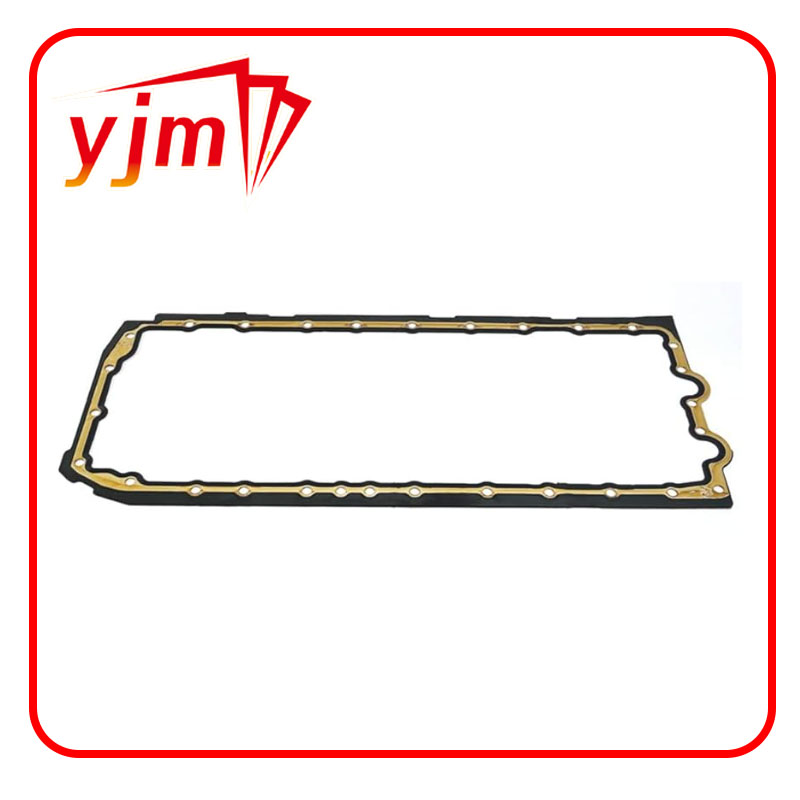Understanding Different Types of Oil Seals for Various Applications
Understanding Oil Seal Types A Comprehensive Guide
Oil seals, also known as radial shaft seals or lip seals, play a crucial role in various applications across multiple industries. These components are designed to prevent the leakage of lubricants, oils, or other fluids while simultaneously protecting the machinery or equipment from external contaminants such as dust, dirt, and moisture. In this article, we will explore the different types of oil seals, their construction, and applications.
Types of Oil Seals
Oil seals come in various designs and materials, each suited to specific applications
1. Standard Lip Seals The most common type, standard lip seals feature a flexible lip that comes into contact with a rotating shaft. This design ensures a robust seal against lubricant leakage while minimizing friction. They are used in automotive engines, gearboxes, and countless industrial machines.
2. Double Lip Seals Designed for applications requiring enhanced sealing capabilities, double lip seals provide an additional lip to prevent contamination from entering the machinery. This design is particularly effective in harsh environments, making it suitable for heavy-duty equipment and off-highway vehicles.
3. Spring-Loaded Seals Incorporating a spring within the seal, these seals maintain constant contact with the shaft, compensating for wear and tear over time. This feature makes spring-loaded seals ideal for environments with fluctuating temperatures and pressures, such as in hydraulic systems.
4. Polytetrafluoroethylene (PTFE) Seals Known for their chemical resistance and low friction properties, PTFE seals are often used in applications involving aggressive fluids or extreme temperatures. These seals are commonly found in pharmaceutical and food processing industries where hygiene and safety are paramount.
5. Metal Case Seals These seals have a rigid metal case that allows for better resilience against physical damage and support for the sealing lip. Metal case seals are advantageous in rugged applications where traditional seals may fail due to harsh conditions.
oil seal types pdf

Construction of Oil Seals
The construction of oil seals typically includes several key components
- Body The main structure, usually made of elastomeric materials, provides flexibility and resilience. - Lip The sealing lip is critical for preventing leakage, designed to conform to the shaft surface. - Spring In some designs, a spring may be included to maintain pressure against the lip, enhancing sealing performance. - Anti-extrusion Rings These rings prevent the seal material from extruding into the space between the shaft and housing, ensuring longevity.
Applications of Oil Seals
Oil seals find applications in numerous fields, including
- Automotive Industry In vehicles, oil seals prevent the escape of engine oil, coolant, and transmission fluid, ensuring optimal performance and longevity. - Manufacturing Equipment Heavy machinery relies on oil seals to protect bearings and gearboxes from contamination and fluid loss. - Aerospace Aircraft engines and hydraulic systems utilize specialized oil seals to maintain pressure and protect against the harsh operating conditions faced in flight.
Conclusion
Choosing the right oil seal type is crucial for ensuring the efficiency and reliability of machinery. Understanding the various types, their construction, and specific applications helps engineers and technicians select the appropriate seals for their equipment. By doing so, they can minimize maintenance costs, enhance operational efficiency, and extend the lifespan of critical components. In a world where machinery uptime is paramount, recognizing the importance of oil seals cannot be understated.
-
Simplifying Oil Changes: A Comprehensive Guide to Oil Drain Plugs and Their Variants
News Aug.04,2025
-
Mastering Oil Drain Maintenance: Solutions for Stripped, Worn, and Upgraded Oil Plugs
News Aug.04,2025
-
Fixing Oil Pan Plug Issues: Leaks, Stripped Nuts, and the Right Replacement Solutions
News Aug.04,2025
-
Everything You Need to Know About Oil Drain Plugs: Sizes, Fixes, and Upgrades
News Aug.04,2025
-
Choosing the Right Oil Drain Plug: A Guide to Sizes, Materials, and Drain Innovations
News Aug.04,2025
-
A Complete Guide to Automotive Drain Plugs: Types, Problems, and Innovative Solutions
News Aug.04,2025
-
The Ultimate Guide to Car Repair Kits: Tools and Essentials Every Driver Should Own
News Aug.01,2025
Products categories















